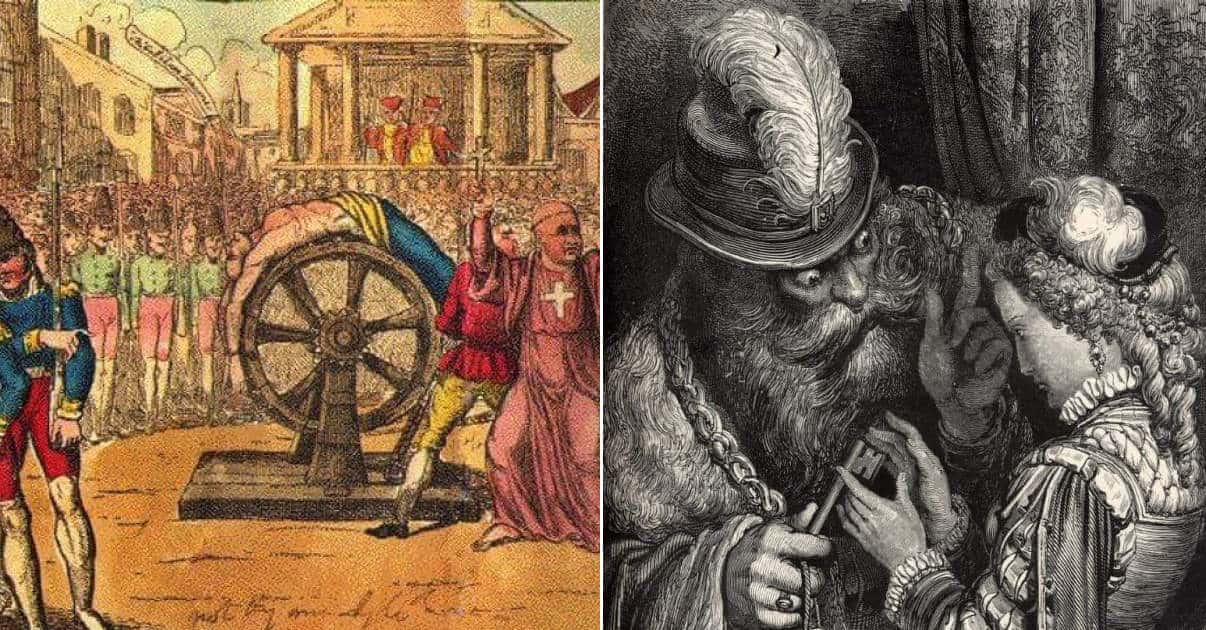The annals of recorded history have no shortage of criminal monsters in human form. Evil types who enjoy inflicting pain and suffering upon others, and derive pleasure from watching their victims endure such pain and suffering. Mental health professionals have a term for such individuals: “psychopaths”. It refers to those who exhibit traits such as an inability to control violent impulses, boldness in committing crimes, coolness while engaged in shocking acts, and a lack of empathy.
Some of those psychopaths are well-known figures, and their numbers include famous serial killers such as Ted Bundy, Jeffrey Dahmer, or John Wayne Gacy. In the era of modern mass media, the foul deeds of such monsters earned them not only well-deserved notoriety but also transformed them into celebrities of a kind, with a cult following. However, serial killers existed long before the term was coined by FBI psychoanalysts. And centuries or millennia before mass media turned some of the modern era’s monsters into celebrities, they were preceded by psychopaths whose crimes matched or exceeded those of any Bundy, Dahmer, or John Wayne Gacy.

Following are ten of history’s lesser-known monsters, and their horrific crimes.

A Prussian Cannibal Who Sold His Victims’ Meat as Pickled Pork
Karl Denke (1860 – 1924) was born into a wealthy farming family near Munsterberg, Silesia, Kingdom of Prussia – today’s Ziebice, Poland. His early life is shrouded in mystery, but he ran away from home at age 12, and apprenticed himself to a gardener. He worked a variety of job, including taking a stab at farming after his father’s death, when he used his share of the inheritance to buy a plot of land.
Farming and Denke were not a great match, however, and it did not take long before working the fields reminded him why had why he had run away from home as a child. So he sold his land, and bounced around a variety of occupations for a few years. He eventually bought a small house in Munsterberg, and became an organ player in his local church.
Denke developed a reputation as a devout Evangelical, and became a well liked and respected member of his community. A friendly avuncular figure, always kind and helpful to people, he was nicknamed “Vatter Denke“, German for “Papa Denke“, by his admiring neighbors. His standing took a turn for the worse in 1924, however, when people discovered just who the real Papa Denke was.
On December 21st, 1924, a passerby heard cries for help coming from Denke’s house. Rushing in to help, he encountered a young man staggering in a corridor, and bleeding copiously from a head wound. Before collapsing on the floor, the victim blurted out that “Papa Denke” had attacked him with an ax. Police were called, and Denke was arrested. A search of his house turned up identification papers for a dozen men, plus various items of male clothing whose size precluded them from belonging to Denke.
The real shocker was in the kitchen, however, where police found two large tubs, containing meat getting pickled in brine. The meat was attached to human bones, and by tallying the various bits, investigators estimated the Papa Denke had been in the process of pickling up to thirty victims. Police also found a notebook, in which Denke had listed the names of many more victims, with the dates of their murders going back to 1921, plus the weight of their pickled bodies.
Investigators did not get the opportunity to grill Denke about his motives: he used a handkerchief to hang himself in his cell during his first night behind bars. Evidence gathered, however, revealed that he ate his victims. He also disposed of their meat by feeding it to guests, jarring it and selling it as pickled pork, or giving jars of the “pickled pork” to his neighbors as gifts.

